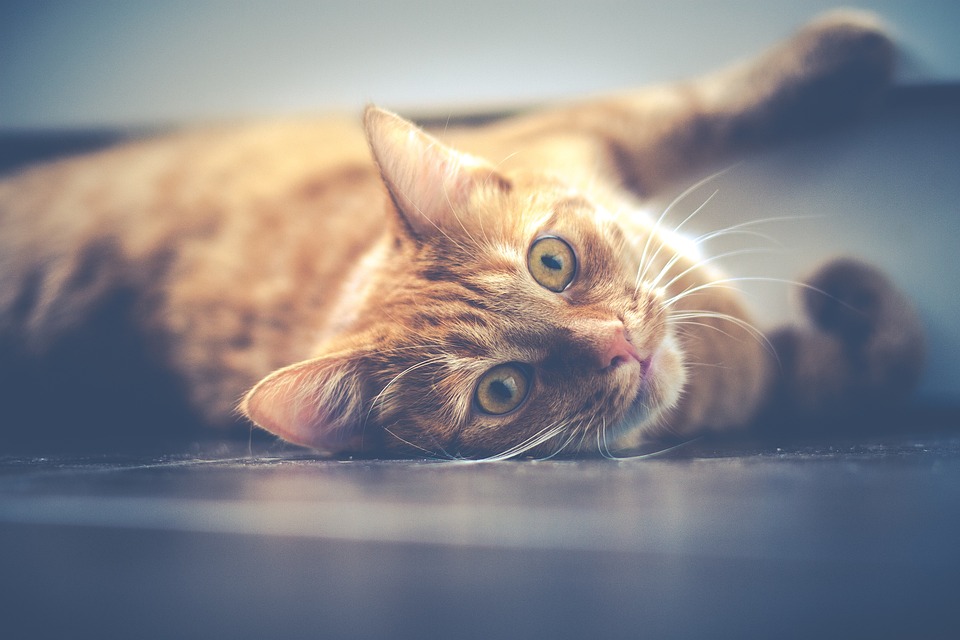Cats are known for their innate desire to scratch, and while this behavior can be frustrating for pet owners, it serves a vital purpose for our feline friends. Understanding why cats scratch furniture is crucial in managing and redirecting this natural instinct. In this guide, we will explore the reasons behind why cats scratch furniture, how it benefits their physical and mental well-being, and provide practical tips to redirect this behavior.
Why Do Cats Scratch?
1. Natural Instincts: Scratching is a natural instinct for cats. It is deeply rooted in their DNA and has been passed down through generations. Scratching helps cats fulfill their primal need to hunt and protect themselves.
2. Marking Territory: Cats have scent glands in their paws, and scratching furniture allows them to mark their territory. By leaving their scent, they communicate their presence to other cats and establish ownership over their surroundings.
3. Stretching and Exercising: Scratching allows cats to stretch their muscles and exercise. It helps them maintain their flexibility and keeps their joints healthy. It also allows them to release pent-up energy.
4. Claw Maintenance: Cats scratch to remove the outer layer of their claws, revealing sharp new claws underneath. It helps keep their claws healthy and enables them to defend themselves if needed.
Benefits of Scratching:
1. Shedding Old Claw Sheaths: Scratching helps cats shed the outer layer of their claws, which can become dull and uncomfortable. By scratching, they expose fresh and sharp claws.
2. Muscle Development: Regular scratching helps cats develop and strengthen their muscles. It is an important form of exercise for them, especially for indoor cats with limited opportunities to engage in physical activities.
3. Stress Relief: Scratching is a natural stress reliever for cats. It helps them release built-up tension and anxiety. It can also serve as a coping mechanism during times of change or uncertainty.
4. Emotional Expression: Scratching is a way for cats to express their emotions. It can be a sign of contentment, happiness, or frustration. Understanding their body language and other accompanying behaviors can help decipher their emotional state.
Redirecting Your Cat’s Scratching Behavior:
1. Provide Suitable Alternatives: Offer your cat appropriate scratching surfaces, such as scratching posts or pads. These should be sturdy, tall, and stable. Experiment with different materials like sisal, carpet, or cardboard to find what your cat prefers.
2. Use Scratch Posts and Pads: Place the scratching posts or pads near the furniture your cat tends to scratch. Encourage their use by rubbing catnip or treats on them. Praise and reward your cat whenever they use the designated scratching areas.
3. Attract with Catnip or Treats: Sprinkle catnip or treats on the scratching posts or pads to make them more enticing. This will encourage your cat to use them instead of your furniture.
4. Consistency and Positive Reinforcement: Be consistent in redirecting your cat’s behavior. Whenever you catch your cat scratching furniture, gently redirect them to their designated scratching area. Reward and praise them when they use it correctly.
FAQs (Frequently Asked Questions):
1. Why is my cat only scratching a particular piece of furniture? Cats may scratch a specific piece of furniture because it has a desirable texture or location. Experiment with different scratching surfaces to find what your cat prefers.
2. How can I prevent my cat from scratching my furniture without declawing? Declawing is an invasive procedure that should be avoided. Instead, provide suitable alternatives and redirect your cat’s scratching behavior to protect your furniture.
3. Are there any specific materials or textures my cat prefers to scratch? Cats have individual preferences when it comes to scratching surfaces. Some cats prefer sisal, while others may prefer carpet or cardboard. Experiment with different textures to find what your cat likes.
4. My cat still scratches furniture despite having appropriate alternatives. What should I do? Be patient and persistent. It may take time for your cat to adjust to the new scratching areas. Ensure the alternatives are easily accessible and more appealing than the furniture.
Conclusion:
Understanding the reasons behind your cat’s scratching behavior is crucial in managing and redirecting this natural instinct. By providing suitable alternatives, engaging in positive reinforcement, and allowing your cat to scratch in appropriate areas, you can protect your furniture while ensuring your feline companion’s physical and mental well-being. Remember, patience and consistency are key when redirecting your cat’s scratching habits.








